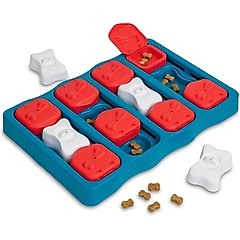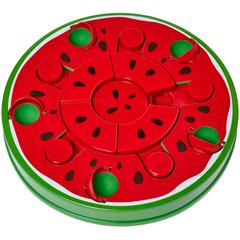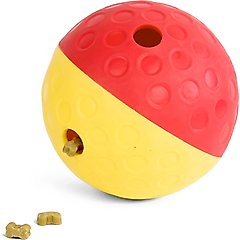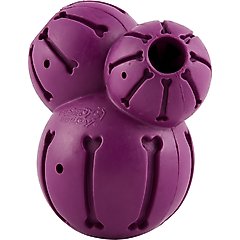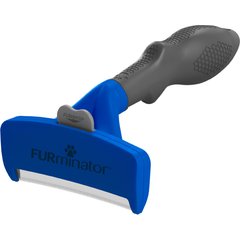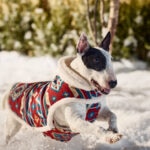Siberian Husky vs. Alaskan Malamute: Which Snow Dog Is for You?
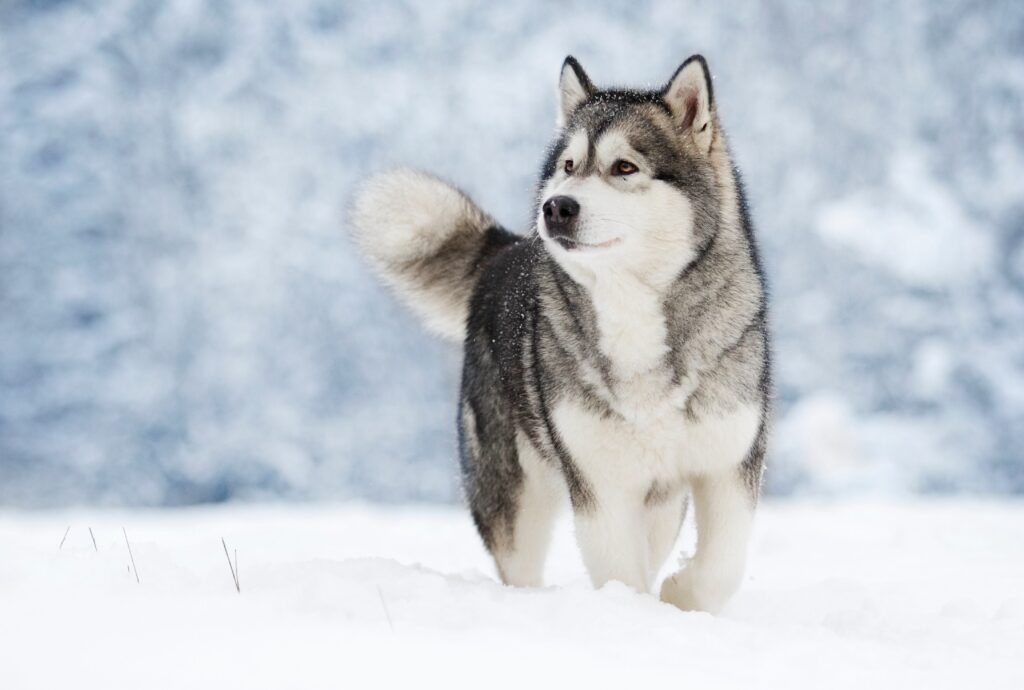
Photo by Adobe/Happy monkey
To the untrained eye, the Alaskan Malamute and Siberian Husky might seem to be one and the same, with dogs of both breeds touting fluffy coats and appearing best suited for freezing temperatures.
But while the breeds share some attributes, there are several differences new dog parents might want to know when deciding to get an Alaskan Malamute versus a Siberian Husky. Here’s what to know about the two breeds.
History
Both the Alaskan Malamute and the Siberian Husky originated in very cold climates (as you can probably tell from their thick double coat). While both breeds worked as sled dogs, their jobs varied in important ways.
Breed experts refer to Alaskan Malamutes as the Clydesdales of the sled dog world, as they were often tasked with transporting very heavy loads over long distances. Siberian Huskies, on the other hand, are descendants of wolves and were used by the Chukchi people in northeastern Siberia to transport lighter loads for long distances, says Donna Beckman, Judges’ Education Chairman for the Siberian Husky Club of America (SHCA).
“The difference between these two breeds has everything to do with what their jobs are,” she says.
The Chukchi people in Siberia would travel in search of food, with their Siberian Huskies serving as furry engines for their sleds. Across the Bering Strait, Alaskan Malamutes assisted Alaska’s mining industry during the early part of the 20th century by moving large equipment amid a lack of transportation options.
“[Malamutes] don’t win sprint races,” says Bonnie McMahon, Chairman of Public Education for the Alaskan Malamute Club of America, but their gait is balanced and efficient. The Alaskan Malamute is also the oldest dog breed in North America, McMahon says.
Appearance

Telling Alaskan Malamutes and Siberian Huskies apart is where things can get tricky.
- Both breeds have similar markings and colors, including white, gray, black, red, and sable. However, Siberian Huskies can have brown fur, while Malamutes don’t.
- Malamutes always have brown eyes. A Husky’s eyes can be brown, blue, or one of each.
- Alaskan Malamutes have a bulkier head, and their ears are more to the sides. Siberian Huskies’ head is shaped more triangularly with their ears up.
- Alaskan Malamutes have a thicker build than the slimmer Siberian Husky.
Alaskan Malamutes tend to be a bit bigger than Huskies. Malamutes reach up to 85 pounds and stand up to 25 inches tall, according to the American Kennel Club (AKC) breed standard, while Siberian Huskies rarely weigh more than 60 pounds and typically stand 20–23.5 inches tall.
Personality
Both breeds are independent and strong-willed. “They both are sled dogs, so both of these breeds have to be strong enough of will to tell humans no,” Beckman says.
For example, if a sled driver directs a dog in a dangerous direction, the dog will stop. (This makes consistent, patient training with positive reinforcement a must for both Malamutes and Huskies—otherwise, these free-thinking pups might not listen when you tell them to sit and stay.)
“Siberian Huskies have an incredible sense of humor, and they really like to embarrass you and will kind of just act up for the heck of it,” Beckman says.
Some likely ways your Husky will make you red in the face? Pulling the leash to chase a squirrel, digging up your yard, or howling at you to get what they want.
“You have to really enjoy them testing you at all points,” Beckman says, adding that Malamutes, while still spunky, are a little easier to influence.
Both Huskies and Malamutes need early and consistent socialization to learn good manners around other animals and humans.
Exercise Needs
Both dogs are active breeds that need a fenced yard and a regular exercise regimen, McMahon says. If either breed is kept completely cooped up, they’ll become destructive.
Alaskan Malamutes and Siberian Huskies are top athletes in sled-pulling and skijoring, but they’re also always down for a hike, brisk jog, or neighborhood walk. When you’re away from home, leave your pup interactive toys to keep them busy.
Recommended Products
Grooming
Beware of those beautiful coats, as they aren’t just a sign of good looks. Both Malamutes and Huskies have a thick double coat, and while Alaskan Malamutes’ outer coat tends to be longer, both are big shedders. Beckman says Huskies are capable of filling multiple plastic trash bags with their “giant tumbleweeds of dog fur.”
Both breeds need to be brushed throughout the week, so add grooming sessions to your chore chart. Malamutes benefit from a daily grooming session, while Huskies are good with a once-a-week brushing.
Recommended Product
Alaskan Malamute vs. Siberian Husky: Which Is the Breed for You?
Siberian Huskies and Alaskan Malamutes have a lot of the same needs: early socialization, consistent grooming, lots of mental stimulation, and regular heart-pumping exercise.
McMahon says both breeds can be good family dogs, though Alaskan Malamutes might be better suited for older kids who know how to interact with dogs.
Both breeds can push boundaries and need pet parents who are dedicated to training. In fact, Siberian Huskies often end up being turned over to rescues. This is because, while they’re cute when they’re puppies, young Huskies can be naughty, Beckman says.
While the puppy days are tough, she says, there’s light at the end of that tunnel for pet parents: “If you get them to adulthood, then they are in fact the easiest dogs to live with.”
Whether you’re thinking of a Siberian Husky, an Alaskan Malamute, or another breed altogether, “the most important thing when you’re looking for a dog is to find one that fits your lifestyle,” Beckman says.
This content was medically reviewed by Teresa Manucy, DVM, Chewy veterinarian.
